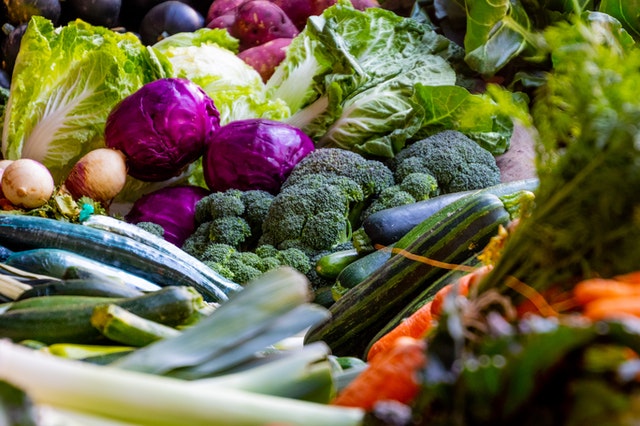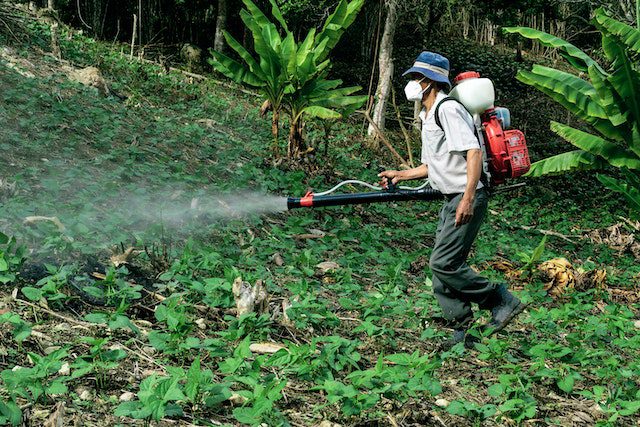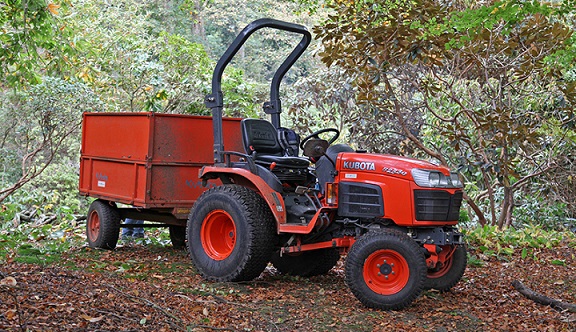An organic farm makes more profits than a chemical-based one. If done right, it can give you sustainable returns for long. As you supply fresh and nutritious food, you will build a reputable brand among institutional and individual consumers. But, organic farms are more labour-intensive and riskier to manage.
A simple mistake can make unrecoverable losses for you. Whether you look to venture into locally grown milk, meat, eggs or vegetables, these eight tips can make you more profitable. This guide is suitable for newbies and experienced gardeners. Besides; they can help conventional growers in making more money.
Market Research

Use accurate market data to guide you from the onset. Explore any un-met demand or an unserved market niche you will target by Interviewing potential consumers. You can question traders, hotels or grocery stores who can order your product. Ask about their usual order volumes, prices and packaging preferences etc.
RELATED: How to start an Organic Kitchen Garden-A Quick Guide
This step will help you determine your market share; volumes that you can produce and sell. You will also learn about the most popular crops or animals (types and varieties) in your market. It will help in promoting your goods, as outlined in section seven below.
Resource Planning
The next step determines your ability to grow and distribute organic food. Check on the access to finances, workers, land and other farm inputs like tools, seeds and manure etc.
The result will be a detailed budget with expected profits and cash flows. Set aside funds for offsetting loans and crop insurance premiums to mitigate any unforeseen risks. Other items to consider are access to, storage, transport and markets.
Cropping/grazing calendar
A crop calendar is a implementation plan of achieving your farm business plan above. You will list all the farm activities from land preparation to harvest. You will list down all the planned activities and their start dates. Consider how long each should take to get its deadline.
If you are an organic vegetable farmer, develop a datasheet of when you will sow seeds, transplant and the days to maturity to and the first harvest. Dairy farmers have to know their cows calving period. Egg, beef and pork producers plan for the raising period, volumes and frequency of supplies. You can share this with your buyers on when they can expect organic food products from you.
As part of your farm records, you will use them to plan for; crop rotation and shopping decisions for farm inputs like animal feed and bio-pesticides.
Farm Designing
It is the last step of the planning stage, the goal is making efficient, practical and profitable farm operations. Start by drawing a rough sketch of your farm. Apportion paths and planting beds in a way that cut space wastage and unnecessary movements. Besides, you can use actual field measurements and design software for better farm design.

Other considerations during this step are;
Soil testing; to get its features like PH, organic matter content and elements for its overall fertility. It will also help in the choice of suitable organic fertilizer to buy or make and the best crop varieties you will grow.
Elevation & Drainage; this will determine how you will plant crops to avoid flooding and minimize surface flow and soil erosion.
Wind direction; this will determine where you will erect windbreakers to shelter your crops. Place your greenhouse structure in a direction and place that does not block the wind.
Sun direction; Important if you intend to use a greenhouse or tunnel in your farm and whether you will grow crops in summer or winter seasons.
Land Preparation
After completing your plans, it’s time to actualize them. You will prepare your land to raise your crops or livestock.
In livestock farming, prepare your land by fencing the grazing areas, and constructing shelters. You shall also plant nutritious pasture and cover crops like the alfalfa.
In crop growing, till your land, apply manure, and make raised gardens. other activities are erecting greenhouses and laying down drip irrigation kits. If you will go for zero-tillage farming, prepare your farmland by tarping, mulching or applying 4-6 inches of composted manure.
Production
There are two ways to start production; direct seeding or transplanting.
In direct seeding, you will plant seeds directly into the garden where they will grow and mature to harvest. This method saves on labour, is faster and easier. In transplanting, you will propagate seeds in a nursery, tunnel or seeding trays. Once the seedlings have a few real leaves, you will transfer them to the main plot. These methods are beneficial in getting more yields faster. You can transplant soon after you have cleared the previous crop and your land does not lay idle.
Your production should comply with good agricultural practices (GAPs), organic farming standards and other food safety measures like the HAACP. Besides, observe hygiene in production, handling and distribution.
Market your Produce

You will need a sound marketing plan to promote your products to the right consumers. Use a good mix of digital; social media, e-commerce site and apps to reach modern shoppers. To complement this, use Traditional marketing means like the radio, television and newspapers to communicate your competitive advantage.
READ NEXT: Why you need a survival garden during and post COVID-19 pandemic
Consumers buy from sellers with similar goals and values. Your packaging, branding and quality have to be consistent with this. Other tips for selling more organic food products are direct selling to your customers and contracted farming to have pre-determined prices in advance.
Record Keeping
Every successful business maintains its updated records. Collect, record and analyze all information about costs, sales and other farm operations like planting dates. It will help you to measure your past and current performance. Use them to improve your future efficiency and farm profitability.



